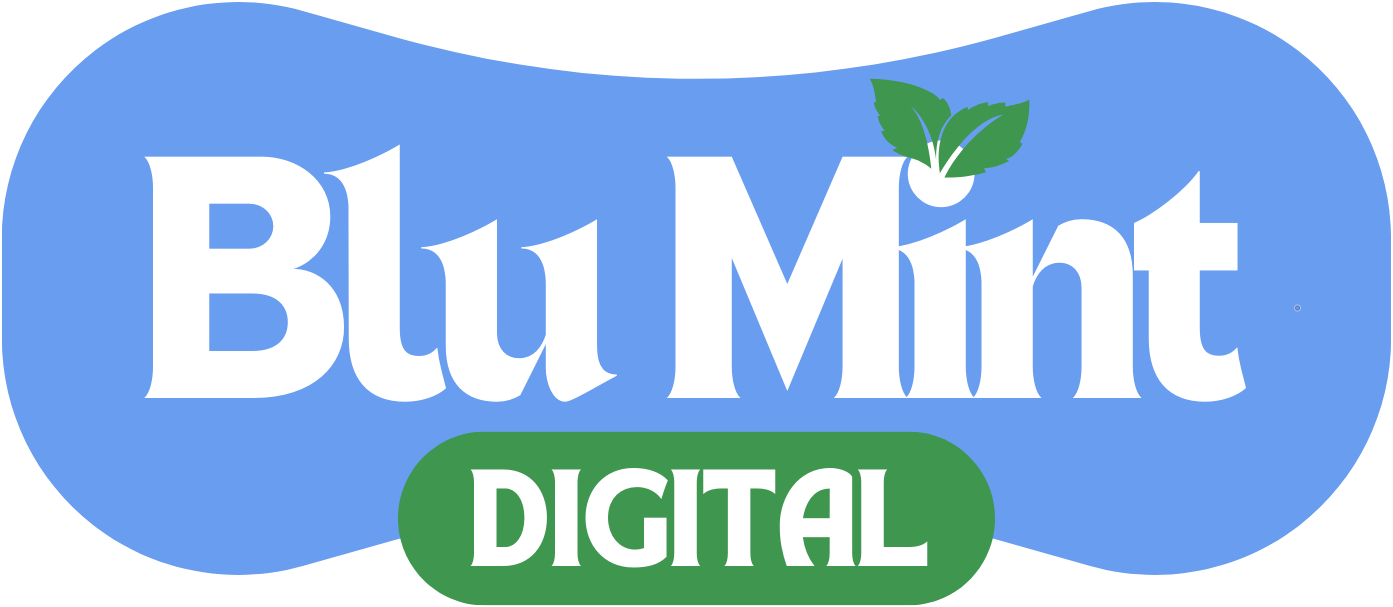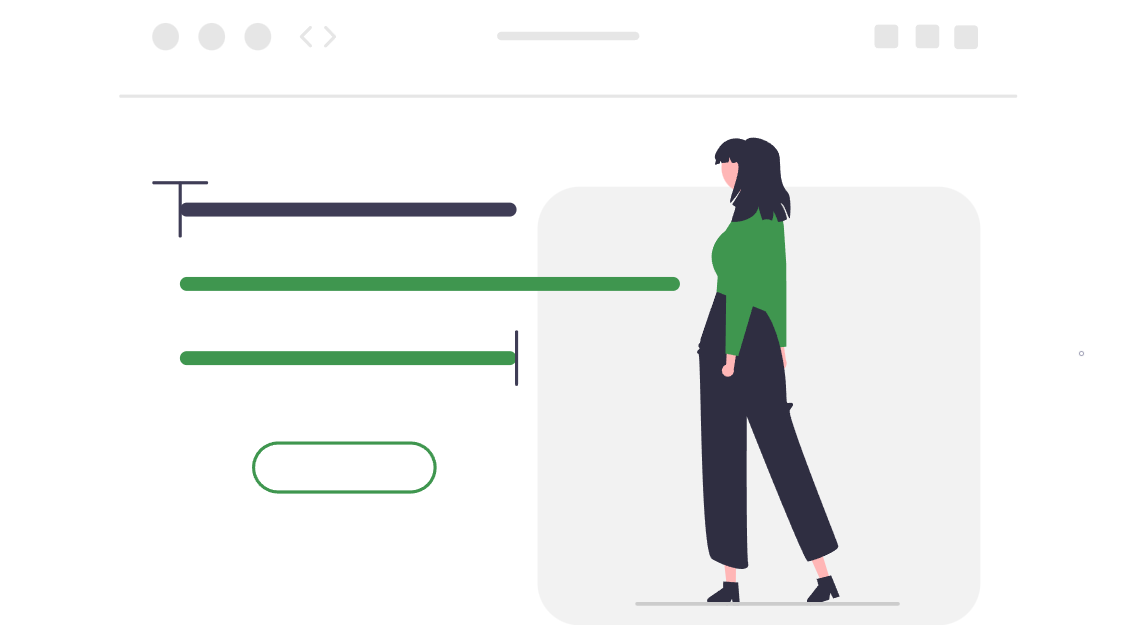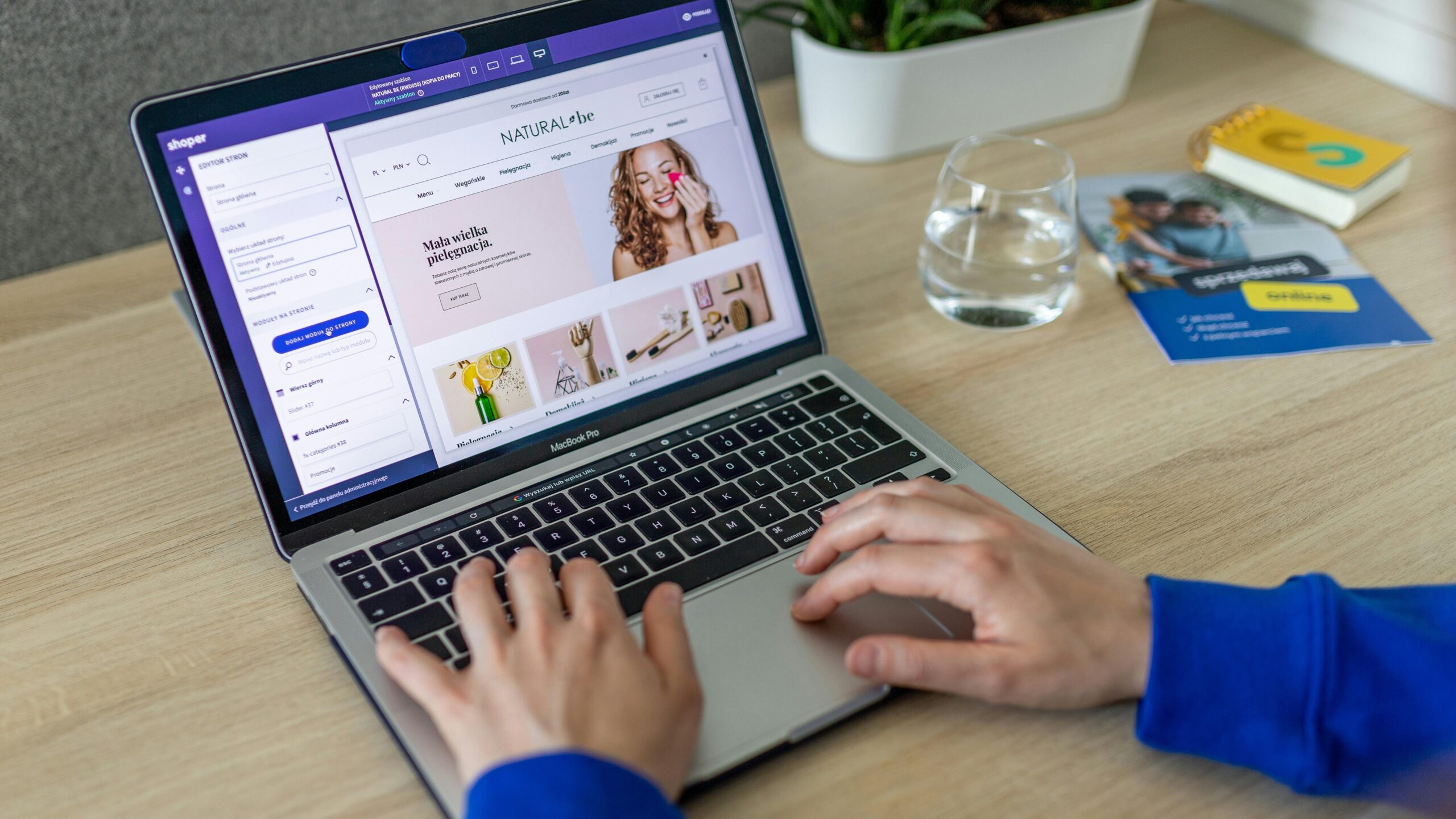In today’s digitally driven world, a strong online presence is no longer a luxury but a necessity for businesses of all sizes, from burgeoning start-ups in Melbourne to established enterprises in Sydney. While factors like SEO, eye-catching branding, and savvy Google Ads campaigns are crucial for attracting visitors, it’s equally important to ensure that your website is accessible to everyone, including individuals with dyslexia.
Dyslexia is a learning difficulty that primarily affects the skills involved in accurate and fluent word reading and spelling. According to the Australian Dyslexia Association, it’s estimated that 1 in 10 Australians have some degree of dyslexia. This means a significant portion of your potential customer base in cities like Perth, Brisbane, or Adelaide could struggle to engage with your website if it’s not designed with their needs in mind.
This blog post will delve into the key typographic and layout considerations that can make a world of difference for users with dyslexia, ultimately improving their experience and potentially boosting your business’s reach and engagement across Australia.
Understanding the Challenges Faced by Users with Dyslexia
Before we dive into the solutions, it’s important to understand the specific challenges that people with dyslexia may encounter when navigating websites. These can include:
- Difficulty distinguishing between similar-looking letters: Letters like ‘b’ and ‘d’, ‘p’ and ‘q’, or ‘n’ and ‘u’ can be easily confused.
- Words appearing to move or blur: Text may seem to jumble or shift on the page, making it difficult to read.
- Skipping or re-reading lines: Tracking lines of text can be a challenge, leading to frustration and comprehension issues.
- Visual stress: Certain font styles, colours, and contrasts can cause discomfort and make reading more difficult.
- Overwhelmed by large blocks of text: Dense paragraphs without clear visual breaks can be daunting.
Typography: Choosing Fonts for Readability
The choice of font can significantly impact the reading experience for individuals with dyslexia. Here’s what to consider:
- Sans-serif fonts are generally preferred: Fonts like Arial, Verdana, and Open Sans are considered more dyslexia-friendly than serif fonts like Times New Roman. The clean lines and distinct letter shapes of sans-serif fonts make them easier to differentiate.
- Font size matters: Use a minimum font size of 12pt, but ideally 14pt or larger. This helps reduce visual crowding and makes the text more legible.
- Avoid overly stylised or decorative fonts: While they may look visually appealing, intricate fonts can be difficult for people with dyslexia to process. Stick to simple, clear fonts that prioritise readability.
- Consider dyslexia-specific fonts: Some fonts, such as Dyslexie and OpenDyslexic, were explicitly designed to address the needs of people with dyslexia. These fonts feature unique letter shapes and spacing to improve readability. Although there is no conclusive evidence that they work and improve the readability, it is still a good option to offer them to your readers.
Layout: Creating a Dyslexia-Friendly Structure
Beyond typography, the overall layout of your website plays a crucial role in accessibility for users with dyslexia. Here are some practical tips:
- Use clear headings and subheadings: Break up large blocks of text with descriptive headings and subheadings. This helps readers scan the content and find the information they need.
- Keep paragraphs short and concise: Aim for paragraphs no longer than 3-4 sentences. This makes the text less intimidating and easier to digest.
- Employ bullet points and numbered lists: These visual aids help organise information and make it more accessible.
- Use ample white space: Don’t overcrowd the page. Give your content room to breathe by using generous margins, line spacing (1.5 or double spacing is recommended), and spacing between paragraphs.
- Left-align text: Avoid justified text, as the uneven spacing between words can create “rivers” of white space that disrupt reading flow.
- Line length: Keep lines of text relatively short (around 60-80 characters). This helps maintain focus and reduces the need for excessive eye movement.
Colour and Contrast: Optimising Visual Clarity
The colours and contrast you use on your website can also have a significant impact:
- Avoid pure black text on a pure white background: This high contrast can cause glare and visual stress. Opt for a softer off-white or light grey background with dark grey or charcoal text.
- Use colour carefully: While colour can be used for emphasis, avoid using it excessively, especially for large blocks of text.
- Ensure sufficient colour contrast: There should be a clear contrast between the text colour and the background colour. Tools like WebAIM’s Contrast Checker can help you verify that your colour choices meet accessibility standards.
- Avoid patterned backgrounds: These can make text difficult to read, especially for individuals with visual stress.
Multimedia and Interactive Elements
While images, videos, and interactive elements can enhance user engagement, it’s important to use them thoughtfully:
- Provide text alternatives for images: Use alt text to describe images for users who may not be able to see them. This is important for both accessibility and search engine optimisation (SEO).
- Offer captions and transcripts for videos: This ensures that users with hearing impairments or who prefer to read can access the video content.
- Avoid auto-playing videos or animations: These can be distracting and overwhelming for some users.
- Ensure interactive elements are clearly labelled and easy to use: Buttons and links should be clearly identifiable and have sufficient contrast with the surrounding content.
For more information about making your website accessible to everyone, you can visit this resource from the Australian Human Rights Commission: https://humanrights.gov.au/our-work/commission-general/accessibility
Hypothetical Scenario: A Melbourne Cafe
Let’s imagine a small cafe in Melbourne called “The Corner Perk” that wants to improve its online presence. They have a basic website, but they’re not attracting as many customers as they’d like. By implementing some of the dyslexia-friendly design principles we’ve discussed, they could see a positive impact.
For instance, they could switch from a serif font to a sans-serif font like Verdana, increase the font size, and break up their menu descriptions into shorter paragraphs with clear headings. They could also ensure their website has a responsive website design, so it’s easy to read on any device. By making these changes, they would not only make their website more accessible to people with dyslexia but also improve the overall user experience for everyone.
Another thing they could do is create a version of their website with a dyslexia-friendly font. Here is a video from YouTube explaining how to implement this type of feature on your website:
Conclusion: Inclusivity Benefits Everyone
Designing for users with dyslexia is not just about accommodating a specific group; it’s about creating a more inclusive and user-friendly online experience for everyone. By prioritising readability, clarity, and simplicity in your website design and digital marketing efforts, you can reach a wider audience, improve engagement, and ultimately grow your business in Australia’s competitive digital landscape.
Remember, accessibility is not a one-time fix but an ongoing process. Regularly review your website and content to ensure they remain accessible and inclusive for all users. By embracing these principles, you can build a stronger online presence that reflects your brand’s commitment to inclusivity and customer satisfaction, whether you’re a small business in Perth or a growing enterprise in Brisbane. By implementing these simple yet impactful changes, you’ll not only be doing the right thing but also contributing to a more accessible and inclusive digital world for all Australians.
For more insights into web design and digital marketing strategies, explore our blog.
Blu Mint Digital is a Melbourne-based agency specialising in website design, development, and digital marketing solutions tailored to your business needs. (blumint.com.au)








